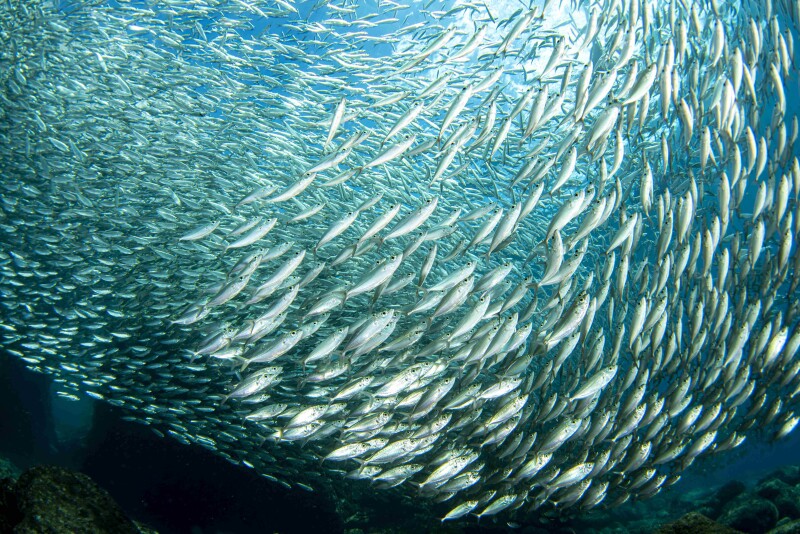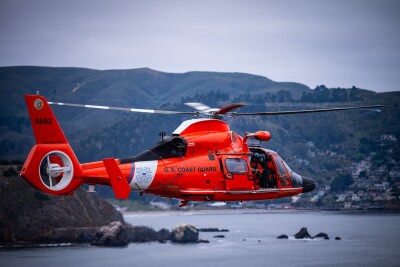On May 9, the California Department of Fish and Wildlife (CDFW) announced an immediate restriction on the commercial and recreational harvest of Pacific sardines for human consumption in ocean waters south of Point Conception to the California-Mexico border.
The move follows a public health warning issued after dangerously high levels of domoic acid were detected in sardine samples from the region.
The directive, issued by CDFW Director Charlton Bonham, was prompted by recommendations from the Office of Environmental Health Hazard Assessment (OEHHA) and the California Department of Public Health (CDPH). According to CDFW, sardines caught in the Southern California Bight pose “a human health risk due to elevated levels of domoic acid,” a naturally occurring marine toxin produced by harmful algal blooms.
Under the new restrictions, “Pacific sardine taken from the affected area shall not be possessed or sold for human consumption,” Bonham said in a statement. However, commercial and recreational use of live bait is still permitted.
Domoic acid can accumulate in fish and shellfish and poses serious health threats when consumed. In its memorandum to CDFW, OEHHA wrote that “domoic acid poisoning in humans may occur within minutes to hours after consumption of affected seafood and can result in signs and symptoms ranging from vomiting and diarrhea to permanent loss of short-term memory, coma, or death.”
Sampling data provided by CDPH showed that sardines collected from San Pedro on April 30, 2025, had domoic acid concentrations well above the federal action level of 20 parts per million.
In response, OEHHA recommended that “commercial Pacific sardine landings from this area be restricted to those for live bait only.” The recommendation covers ocean waters off Santa Barbara, Ventura, Los Angeles, Orange, and San Diego counties.
CDFW stated that this restriction will remain in place until further notice, pending continued monitoring by state health agencies. For more updates on regional closures and seafood safety, visit wildlife.ca.gov.







